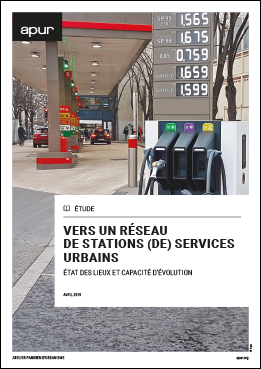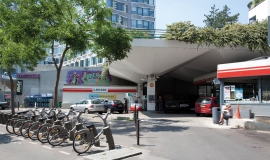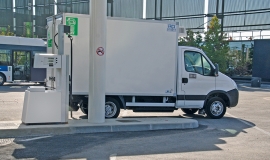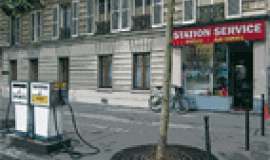402 service-stations form a dense network in the Greater Paris -Métropole du Grand Paris-. The proliferation of decarbonised vehicles, strongly supported by public authorities, requires that the necessary energy resources for running them be provided.
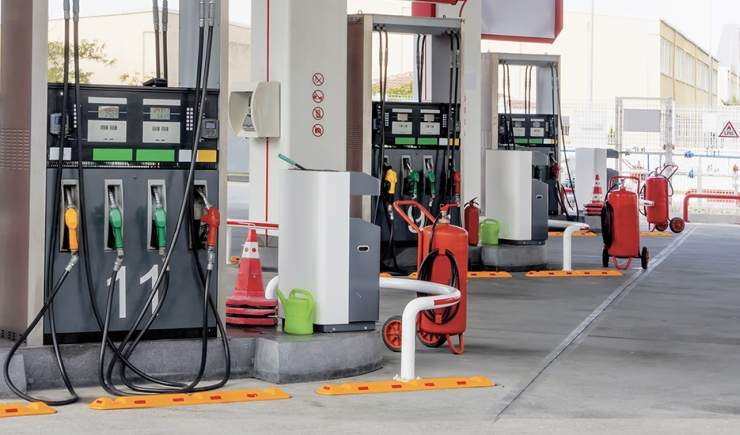
Restrictions placed on running internal-combustion vehicles and the gradual exclusion of combustion engines in Paris and the Métropole du Grand Paris, encourage public and private key players to reflect on the future design of premises devoted to distributing fuel.
By carrying out this study on service-stations, Apur is continuing the thought process begun in 2012 then followed up in 2016, on the singular role these services play in an urban context.
The present study draws upon a wide range of resources. It was completed by reports on premises and interviews with the main operators selling fuel to the general public.
The combination of all the information gathered has made it possible to draw up a comprehensive inventory of the public service-station offer in Métropole du Grand Paris. By comparing this inventory with elements gathered in 2012, Apur is able to give a detailed account of changes that have taken place during the interim period and can provide the physical and functional characteristics of each establishment. 402 service-stations are operational in Métropole du Grand Paris, occupying a surface area of 59 hectares. Each station occupies on average 1,460 m².
However, the Parisian network retains particular attributes that are linked to the dense urban fabric and having been established for a long time. Here, service stations are smaller and their land occupation more varied.
Alongside these service-stations, proposals for supplying alternative fuels have sprung up: NGV/Biofuel, hydrogen, electric. Electric vehicles have benefited from the impetus given by the public, electric car sharing service Autolib’, which ran from December 2011 and stopped in July 2018, prior to a partial service being proposed as from December 2018. There remains a dense network of 6,000 slow charging points on public space, nearly 1,200 of which have been reactivated.
At the outcome of this work on listing, Apur integrated all the regulatory constraints linked to setting up new energy provisions within service stations. Taking these elements into consideration made it possible to draw up a matrix leading to the definition of a typology of existing stations being established, according to their capacity or non-capacity to accommodate new energies.
As a result a first map has been made of service stations showing their potential to develop.
While preparing the ground for possible transformation, the study proposes at its next stage, to follow up thought on the transformation of service stations so they may become urban services stations which are also considered as real estate opportunities for integrating essential urban services into the city in order to reach carbon neutrality by 2050 (waste management, logistics optimisation, energy…).

